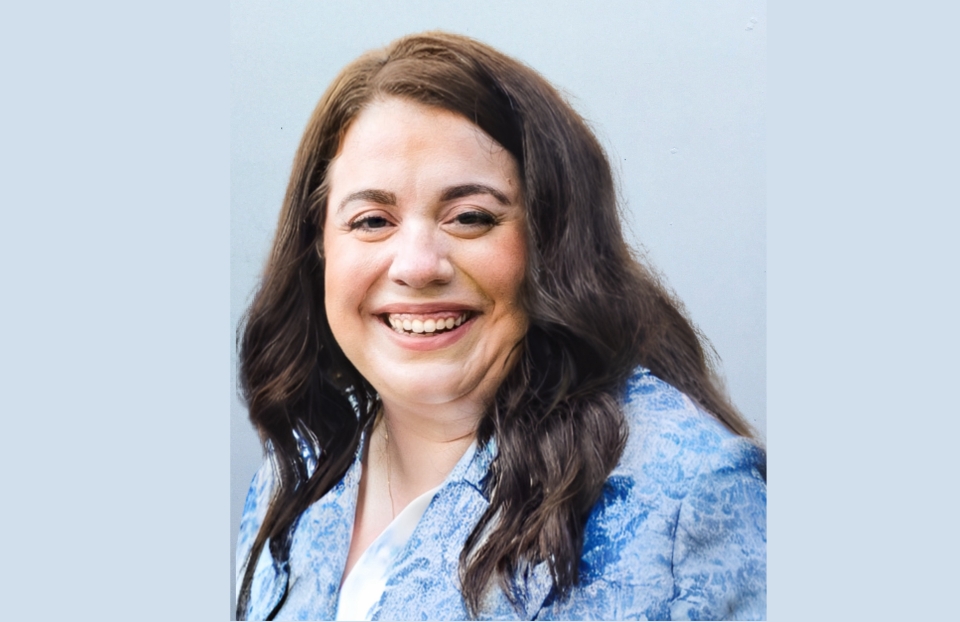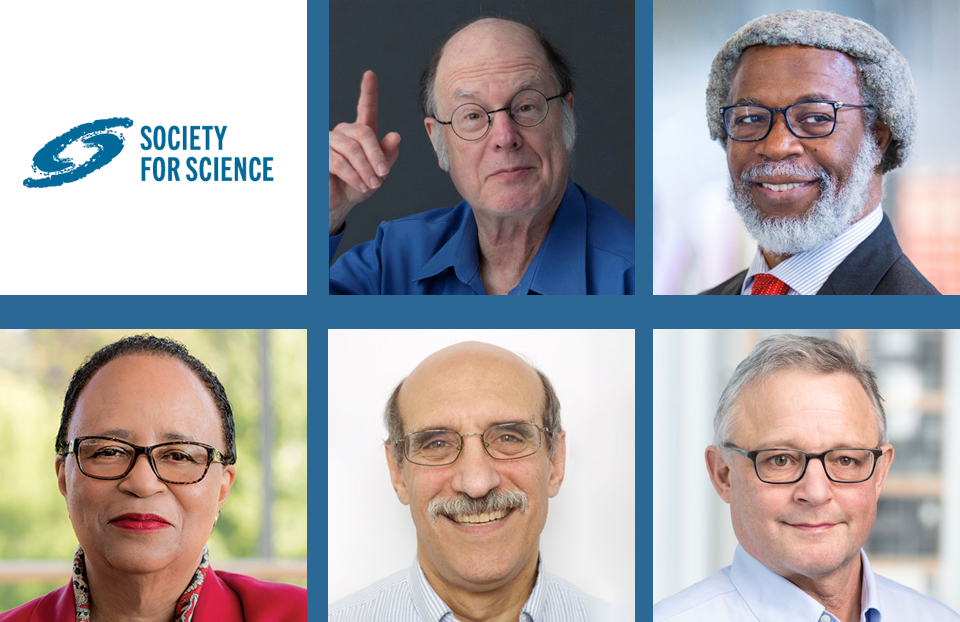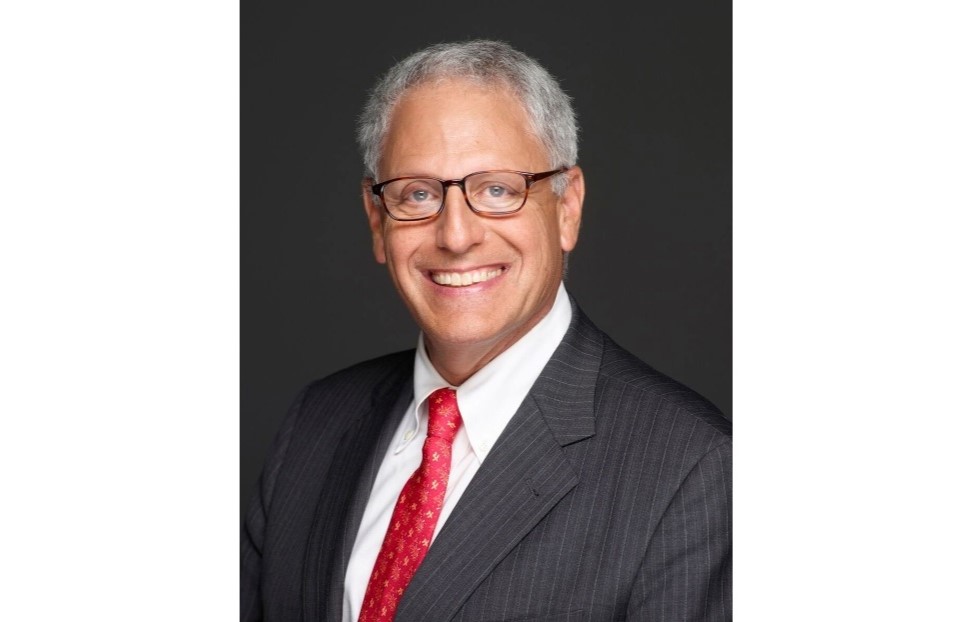Research Students Raise Sea Bass to Release in the Wild
Anne Artz, a 2010 SSP Fellow, is on leave from her teaching duties in Advanced Biology, AP Biology, and AP Environmental Science at the Pruess School, located on the campus of the University of California, San Diego this year as she serves as an Albert Einstein Fellow representing and promoting STEM education. Below she provides an update on what research students at her school are now working on- raising sea bass to be released into the wild.
A group of seniors at The Preuss School UCSD are preparing to submit their college applications this fall. That alone doesn’t make them unique from the thousands of other students across the country. But for a group of 24 students, they have something on their college application that most others do not. They have spent the better part of the first semester working closely with the Hubbs-SeaWorld Research Institute growing sea bass as part of a project that helps increase the number of sea bass introduced into the ocean and at the same time teaches students about the conservation of marine life and ways to monitor marine ecosystems.
A good number of the students in Shannon Baird’s AP Environmental Science class have participated in an after school research program funded for the past three years with a grant from Society for Science & the Public. The students met weekly after school to learn about Oceanography, Biotechnology, and Forensic Science. They learned how to use modern scientific research tools and conduct online research. Each student also developed an independent research project that propelled some of them to the regional science fair.
The idea for raising sea bass came after Anne Artz, a SSP 2010 Fellow, met with scientists from Hubbs-SeaWorld to explore the possibility of working together on the “Sea Bass in the Classroom” project. Artz received funding from Lowe’s to build a fish tank on the school campus, and with the help of Hubbs-SeaWorld engineers, installed the necessary filtration and temperature control units.
In early September, Dr. Mike Shane from Hubbs-SeaWorld visited the class and taught them how to monitor the tank environment daily for temperature, pH, nitrates, alkalinity, and dissolved oxygen. He brought some young sea bass, which were weighed and measured and put into the tank. Students work in teams feeding the fish, cleaning the tank, taking daily water quality measurements, and sending their data to Dr. Shane’s lab. If the parameters are not ideal, then students work to determine how to re-balance the system.
The school’s engineering class designed an automatic delivery system for food since the young fish must be fed daily. The automatic feeding sstem is used over extended holiday breaks, while custodians and other teachers help feed the fish on weekends.
In November, the AP Environmental Science class took a field trip to the Hubbs-SeaWorld Fish Hatchery in Carlsbad, California where they were able to observe a system similar to what they have but on a much larger scale. They observed some of the breeder fish, which weigh more than 50 lbs.
A release date for the sea bass is planned for early December. On an afternoon after school, Ms. Baird will take some of the students down to the ocean’s edge and release the now 10-inch fish. The tank will be cleaned out, the filters replaced, and after the winter break, a new batch of sea bass hatchlings will be delivered for the second semester.
The students are finally seeing how all the science they have learned pays off in “the real world.” They are combining the sciences that they have learned throughout high school including environmental science, chemistry, and biology in order to aid in solving a local, environmental issue. They are true scientists, and that is something that will set them apart as they seek admission to college.
The SSP Fellowship, sponsored by Intel, provides teachers financial and training resources to support and inspire the success of their most enthusiastic science students.


